Eda Aydogan
Profile Information
- Name
- Dr Eda Aydogan
- Institution
- Pacific Northwest National Laboratory
- Position
- Materials Scientist
- Affiliation
- Pacific Northwest National Laboratory
- h-Index
- 22
- ORCID
- 0000-0002-4923-7549
- Expertise
- Additive Manufacturing, Ferritic/Martensitic (F/M) Steels, in-situ Transmission Electron Microscopy (TEM), Nanostructured Ferritic Alloys, Oxide Dispersion-Strengthened Alloy (ODS)
Publications:
|
"In-situ observation of nano-oxide and defect evolution in 14YWT alloys"
Osman El Atwani, Meimei Li, Stuart Maloy, Eda Aydogan,
Materials Characterization
Vol. 170
2020
110686
Link
Nanostructured ferritic alloys (NFAs) are considered as candidates for structural components in advanced nuclear reactors due to their excellent radiation resistance as a result of a high density of nano-oxides (NOs) in the microstructure. Therefore, gaining an understanding on the stability of NOs under irradiation is crucial. In this study, we have investigated the evolution of defects and NOs in 14YWT NFAs under in-situ Kr ion irradiation at room temperature (RT) and 450 °C up to 10 dpa. It has been found that irradiations at 450 °C do not create any changes in the NOs, similar to the bulk irradiations. On the other hand, elemental mapping indicates that NOs dissolve mostly after 10 dpa irradiations at RT. Thus, while defects are both annihilated and pinned by NOs at low doses (before the dissolution of NOs), glissile loops start to escape to the foil surface at high doses (after the dissolution of NOs), justifying the significantly low fraction of <111> loops compared to the literature values. High resolution transmission electron microscopy analysis has shown that the NOs are mostly coherent Y2Ti2O7 particles with pyrochlore crystal structure after both RT and 450 °C irradiations, similar to those observed before irradiation. |
||
|
"In-situ observation of nano-oxide and defect evolution in 14YWT alloys"
Eda Aydogan,
Materials Characterization
Vol. 170
2020
110686
Nanostructured ferritic alloys (NFAs) are considered as candidates for structural components in advanced nuclear reactors due to their excellent radiation resistance as a result of a high density of nano-oxides (NOs) in the microstructure. Therefore, gaining an understanding on the stability of NOs under irradiation is crucial. In this study, we have investigated the evolution of defects and NOs in 14YWT NFAs under in-situ Kr ion irradiation at room temperature (RT) and 450 °C up to 10 dpa. It has been found that irradiations at 450 °C do not create any changes in the NOs, similar to the bulk irradiations. On the other hand, elemental mapping indicates that NOs dissolve mostly after 10 dpa irradiations at RT. Thus, while defects are both annihilated and pinned by NOs at low doses (before the dissolution of NOs), glissile loops start to escape to the foil surface at high doses (after the dissolution of NOs), justifying the significantly low fraction of <111> loops compared to the literature values. High resolution transmission electron microscopy analysis has shown that the NOs are mostly coherent Y2Ti2O7 particles with pyrochlore crystal structure after both RT and 450 °C irradiations, similar to those observed before irradiation. |
||
|
"In-situ radiation response of additively manufactured modified Inconel 718 alloys"
Eda Aydogan,
Additive Manufacturing
Vol. 51
2022
102601
In this study, a novel alloy of modified Inconel 718 produced by laser powder bed fusion is studied before and after in-situ Kr irradiation up to 3 dpa at 200 and 450 °C. Before irradiation, the microstructure consists of dislocation cells having a misorientation angle less than 5° and with an average size of ~500 nm. There are also second phase particles of MC type carbides, Laves phase and oxides such as Y-O, Y-(Ti)-Al-O. While the microstructure consists of stacking fault tetrahedra, faulted and perfect loops after irradiation at 200 °C, dislocation loops are the primary defects at 450 °C. With increasing dose, the size of the defects remains similar at 200 °C while it increases at 450 °C. This has been attributed to the existence of vacancy type defects at 200 °C and the different defect transport mechanisms at different temperatures. Moreover, matrix and second phase particle compositions seem to be similar after irradiation. The sink strengths of the structures have been calculated and superior radiation resistance of this alloy has been attributed to the existence of fine cell boundaries stabilized by the second phase particles produced by additive manufacturing. |
||
|
"In-situ radiation response of additively manufactured modified Inconel 718 alloys"
Eda Aydogan, Osman El Atwani, Begum Erdem, Wei-Ying Chen, Meimei Li, ARUN DEVARAJ, Bahattin Koc, Stuart Maloy,
Additive Manufacturing
Vol. 51
2022
102601
Link
In this study, a novel alloy of modified Inconel 718 produced by laser powder bed fusion is studied before and after in-situ Kr irradiation up to 3 dpa at 200 and 450 °C. Before irradiation, the microstructure consists of dislocation cells having a misorientation angle less than 5° and with an average size of ~500 nm. There are also second phase particles of MC type carbides, Laves phase and oxides such as Y-O, Y-(Ti)-Al-O. While the microstructure consists of stacking fault tetrahedra, faulted and perfect loops after irradiation at 200 °C, dislocation loops are the primary defects at 450 °C. With increasing dose, the size of the defects remains similar at 200 °C while it increases at 450 °C. This has been attributed to the existence of vacancy type defects at 200 °C and the different defect transport mechanisms at different temperatures. Moreover, matrix and second phase particle compositions seem to be similar after irradiation. The sink strengths of the structures have been calculated and superior radiation resistance of this alloy has been attributed to the existence of fine cell boundaries stabilized by the second phase particles produced by additive manufacturing. |
||
|
"The path towards plasma facing components: A review of state-of-the-art in W-based refractory high-entropy alloys"
Caleb Hatler, Ishtiaque Robin, Hyosim Kim, Nathan Curtis, Bochuan Sun, Eda Aydogan, Saryu Fensin, Adrien Couet, Enrique Martinez, Dan Thoma, Osman El Atwani,
Current Opinion in Solid State and Materials Science
Vol. 34
2025
Link
Developing advanced materials for plasma-facing components (PFCs) in fusion reactors is a crucial aspect for achieving sustained energy production. Tungsten (W) − based refractory high-entropy alloys (RHEAs) have emerged as promising candidates due to their superior radiation tolerance and high-temperature strength. This review paper will focus on recent advancements in W-based RHEA research, with particular emphasis on: predictive modelling with machine learning (ML) to expedite the identification of optimal RHEA compositions; additive manufacturing (AM) techniques, highlighting their advantages for rapid prototyping and high-throughput multi-compositional sample production; mechanical properties relevant to PFC applications, including hardness, high-temperature strength, and ductility; and the radiation tolerance of W-based RHEAs under irradiated conditions. Finally, the key challenges and opportunities for future research, particularly the holistic analysis of candidate compositions as well as the role of radiation activation and oxidation are identified. This review aims to provide a comprehensive overview of W-based RHEAs for fusion applications and their potential to guide the development and validation of advanced refractory high entropy alloys. |
Presentations:
| "Post Irradiation Examination of Fast Neutron Irradiated 14YWT Tubes at Nuclear Science User Facilities" Eda Aydogan, Peter Hosemann, David Krumwiede, Stuart Maloy, Tarik Saleh, 2017 ANS Annual Meeting [unknown] |
NSUF Articles:
| DOE Awards 31 RTE Proposals, Opens FY-20 1st Call - Projects total $1.1 million; Next proposals due 10/31 Awards will go to 22 principal investigators from universities, six from national laboratories, and three from foreign universities. Tuesday, September 17, 2019 - Calls and Awards, Announcement |
Additional Publications:
Accomplishments
NSUF Supported Research
Please wait
Please wait
About Us
The Nuclear Science User Facilities (NSUF) is the U.S. Department of Energy Office of Nuclear Energy's only designated nuclear energy user facility. Through peer-reviewed proposal processes, the NSUF provides researchers access to neutron, ion, and gamma irradiations, post-irradiation examination and beamline capabilities at Idaho National Laboratory and a diverse mix of university, national laboratory and industry partner institutions.
Privacy and Accessibility · Vulnerability Disclosure Program

